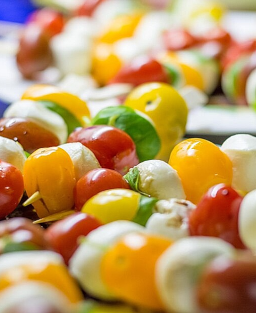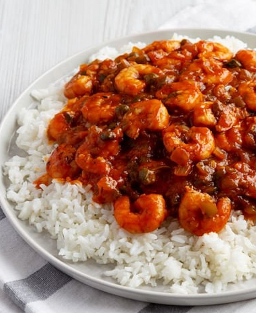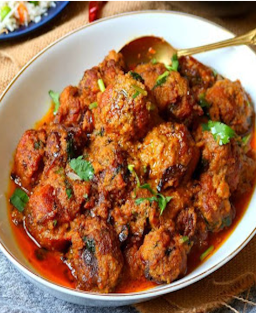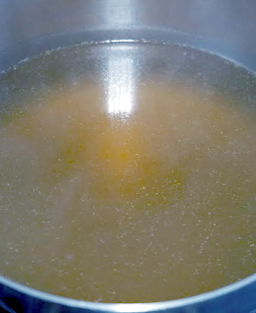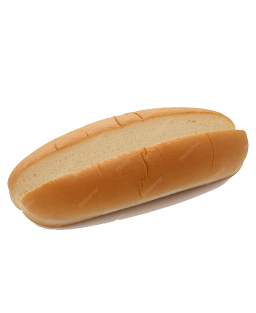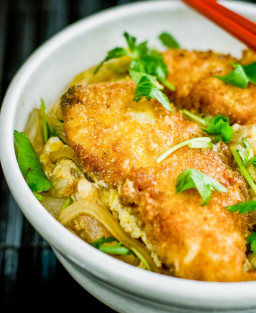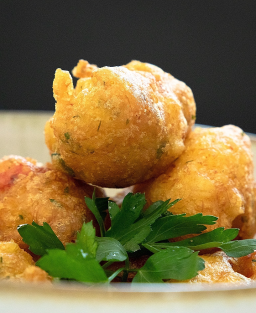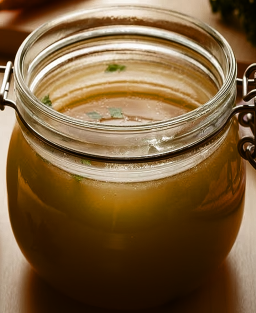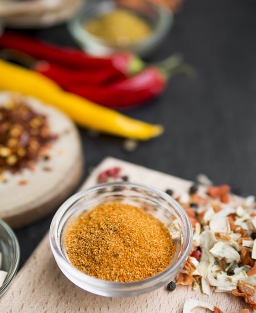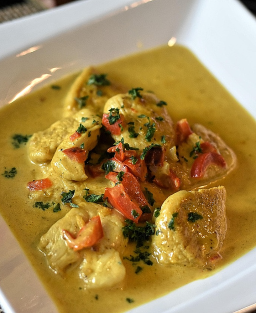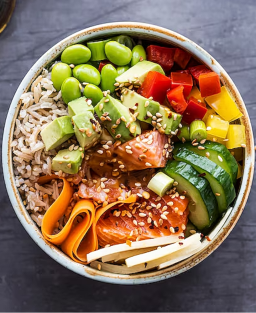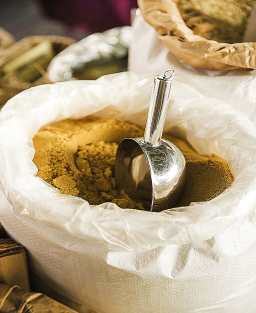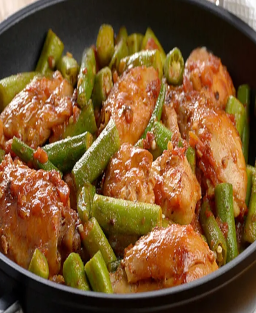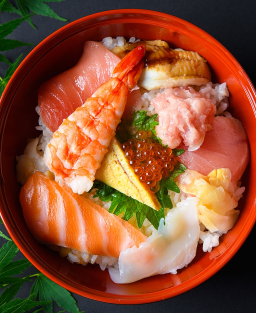- Out-of-Stock
The Authentic (Non-Modernized) Traditional Rouille Recipe from Southern France
The Authentic (Non-Modernized) Traditional Rouille Recipe from Southern France
Rouille is a traditional sauce from southern France, often associated with fish and seafood dishes from the Mediterranean region. It is especially famous in dishes such as bouillabaisse (a fish soup) and mussels or other seafood.
It has a rich history, and like aioli, it has ancient roots, though there are clear differences between the traditional and modern versions.
Origin and History of Rouille:
The word "rouille" comes from the French word meaning "rust" or "rusty", due to its reddish-orange color (usually from saffron or mild chili pepper). It is mainly linked to Provençal and Marseille cuisine. The key ingredients are chili and garlic, and it's used as a spicy condiment to accompany fish dishes.
The Authentic (Non-Modernized) Rouille Recipe
Traditional rouille is an emulsion made from garlic, bread, saffron or mild chili, and olive oil. It has a thick, creamy texture—similar to aioli—but with a spicier, bolder flavor. Unlike modern versions, the original recipe contains no eggs.
Traditional Ingredients:
-
Garlic: 4 to 6 cloves (depending on desired intensity).
-
Country-style or stale bread (a few slices, usually soaked in water or broth).
-
Olive oil (about 100–150 ml, preferably extra virgin).
-
Saffron or mild chili powder (a pinch, for flavor and color).
-
Salt: to taste.
Traditional Preparation:
-
Prepare the bread:
Soak the bread slices in a bit of fish broth or hot water until fully softened. -
Pound the garlic:
In a mortar, crush the garlic cloves with a pinch of salt until it becomes a smooth, almost liquid paste. -
Add the bread:
Add the soaked bread to the mortar and mash it together with the garlic until you get a homogeneous, thick paste. -
Incorporate the olive oil:
Slowly drizzle in the olive oil while continuously mixing or pounding to emulsify. The sauce should become creamy as the oil is gradually absorbed. -
Add saffron or chili:
Mix in a pinch of saffron (for color and subtle flavor) or mild chili to give it the signature orange hue. -
Taste and adjust:
Taste the sauce and add more salt if needed. Rouille should be creamy, slightly spicy, and strongly garlicky.
Traditional Tips:
-
Bread: This gives the sauce its body. Traditional versions contain no eggs or mustard, unlike modern adaptations.
-
Slow emulsification: Take your time adding the oil to prevent the sauce from splitting.
-
Garlic: Use fresh garlic, free from green shoots, as old or sprouted cloves can taste bitter.
Traditional Uses of Rouille:
-
Typically served with fish dishes like bouillabaisse, mussels, or other seafood.
-
Can also accompany boiled potatoes, vegetables, or even grilled meats.
-
Often served spread on toasted bread slices or as a side with fish-based dishes, especially Marseille-style bouillabaisse.
History of Rouille:
Rouille has roots in Mediterranean cuisine, particularly in Provence and Marseille, where it’s paired with seafood. It may have been influenced by similar ancient sauces or garlic-based condiments used by the Romans. What sets it apart is its consistent use alongside fish dishes in Provençal cooking.
It likely began as a simple blend of garlic and oil used by fishermen. Over time, the addition of bread for texture and spices like saffron or chili gave birth to the rouille we know today.
In summary, authentic rouille is a simple, creamy, and spicy garlic sauce made with bread, olive oil, and saffron or chili. It's a fundamental part of traditional Provençal and Mediterranean cuisine.













